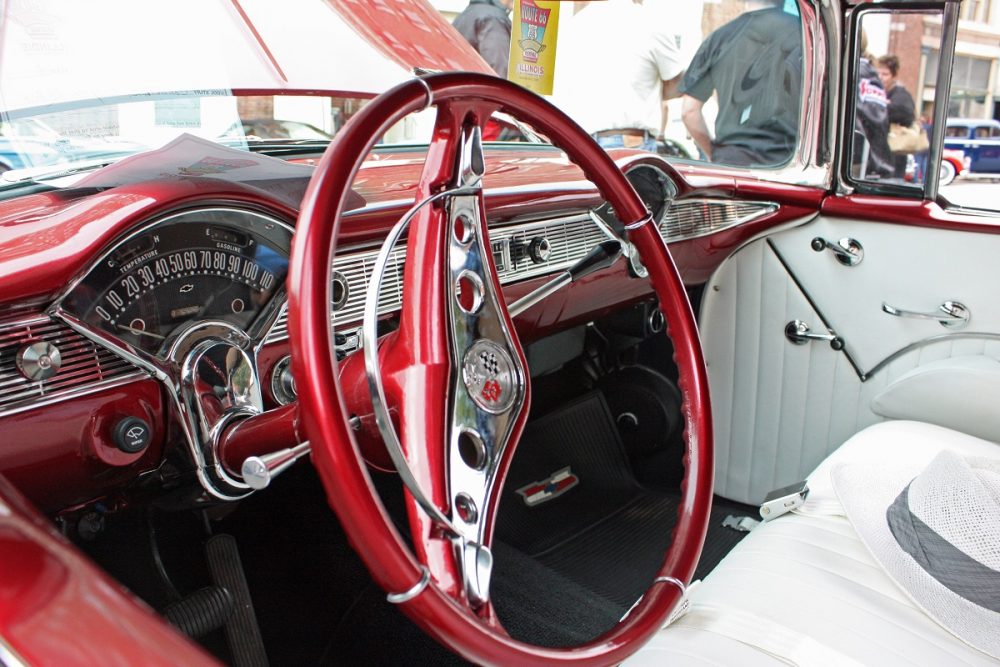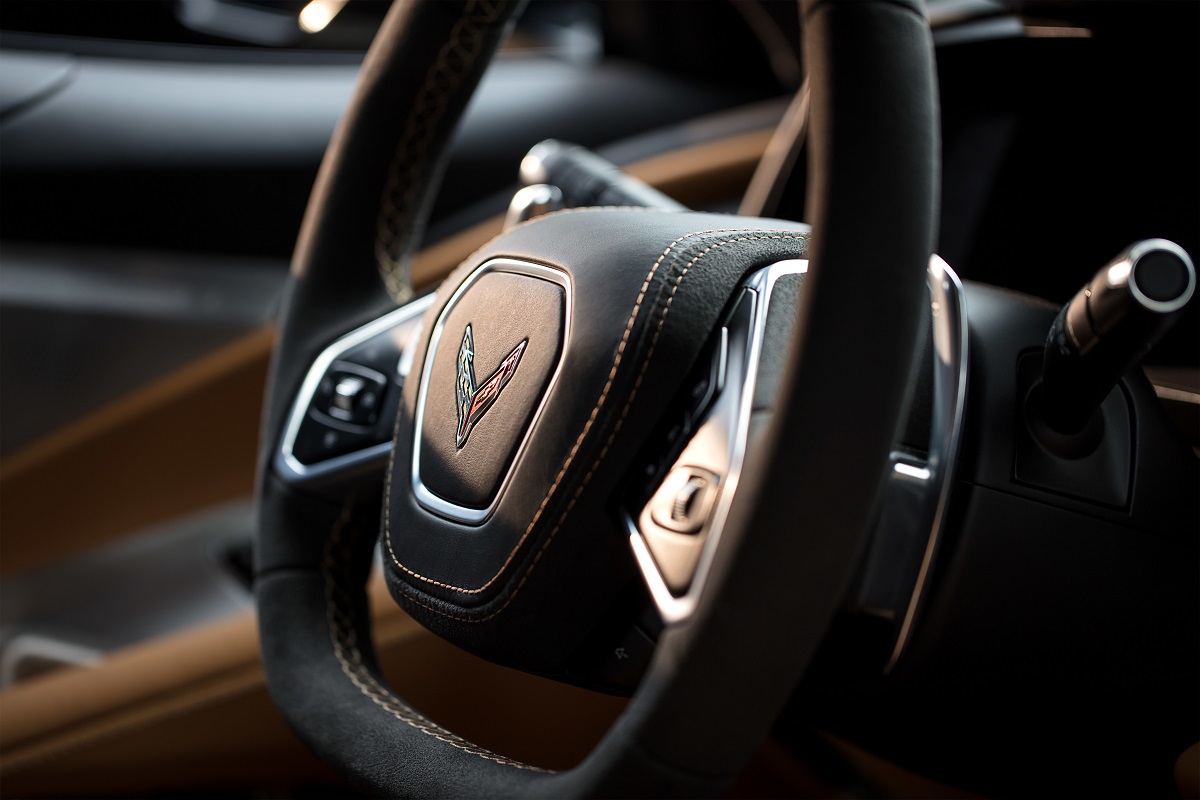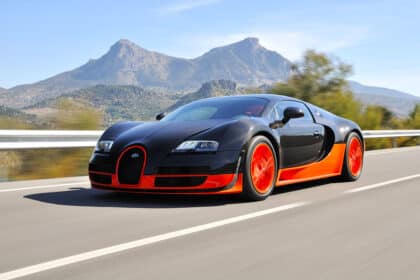 Photo: Chevrolet
Photo: Chevrolet
Believe it or not, the very first cars that were made weren’t driven with a steering wheel, but rather with something called a “tiller.” The first steering wheel didn’t get used until about a decade after the first automobile was patented. As dry as the subject matter may initially seem, the history of steering wheels is actually quite interesting.
Looking to the Future: Everything we know about the electrifying Silverado EV
The earliest known use of a steering wheel can be traced back to 1894 when Alfred Vacheron used one on his custom four-horsepower Panhard to participate in the Paris-Rouen race. But it wasn’t until 1898 that steering wheels were introduced as a standard feature in some cars. Once they were introduced, it was clear that they were necessary and would stay in vehicles moving forward. By 1904, all Rambler models — one of the few mass-produced cars at the time — came with a steering wheel and the tiller had been all but eradicated within a decade.
For about two decades thereafter, steering wheels were incredibly simple: wooden circles directly connected to the wheel axis. They served no other task and could be extremely hard to turn, especially at low speeds or when stationary.
Though power steering patents were circulating as early as the steering wheel itself, it was quite a long time before these systems were used. In the 1920s, an engineer named Francis W. Davis wanted to make truck driving a little easier and invented the first power steering system to be fitted into a vehicle, which was inspired by earlier work on power steering systems used in ships.
In 1926, Davis signed a contract that would have seen his technology applied to future Cadillac models. Unfortunately, the economic crisis brought about by the Great Depression led to the contract being scrapped in 1934.
 1956 Chevrolet Bel Air Convertible interior
1956 Chevrolet Bel Air Convertible interior
Photo: Randy von Liski via CC
What finally brought power steering into explosive existence was World War II. The military wanted easily controllable war machines and, in 1940, started fitting power steering systems in Chevrolet vehicles armored for the British Army. Approximately 10,000 vehicles would go on to receive similar treatment by the end of the war, and auto manufacturers began to develop power steering technologies after that. Some were hydraulic, some electric, and others a mix of the two.
For about 60 years, the steering wheel had no other purpose than turning the car and providing a surface upon which to slam the horn. But in 1960, some carmakers began fitting the cruise control operating switches onto the wheel. It wasn’t until 1990 that more steering wheel gadgets and innovation began to take off.
Safety First: OnStar Connected Services are available at the press of a button
As car technology progressed, so too did the need for buttons and switches. Some of these were moved over to the steering wheel, like controls for the audio system, the car’s computer, and other nifty features like voice command — and that’s essentially where we are today.

Ben never thought he’d be writing about cars for a living, but here he is, knowing more about the Kia Stinger than he’d care to admit. When he’s not devoting his time to researching engine specs and other oh-so-exciting car details, he can be found enjoying time with his wife and dogs. See more articles by Ben.









